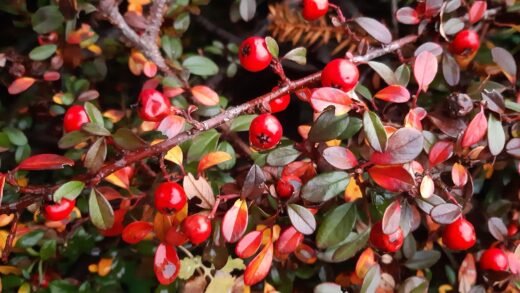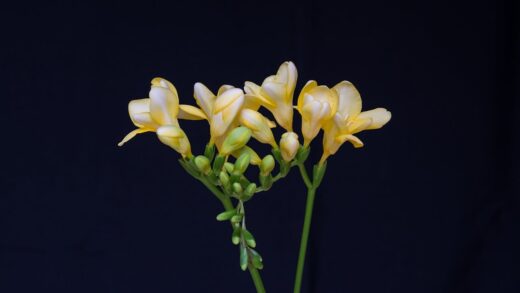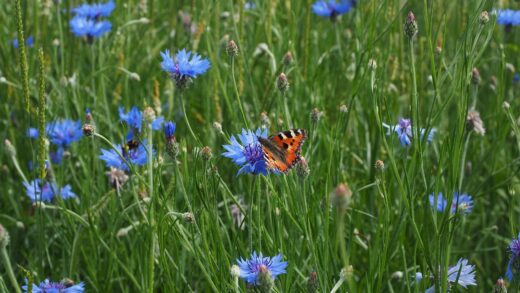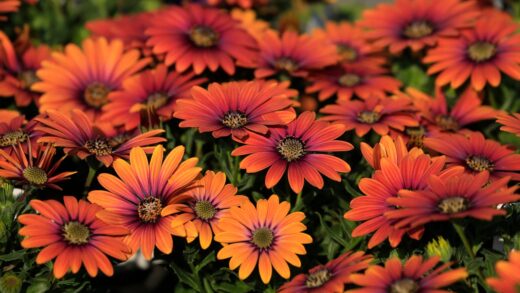Providing the correct amount and intensity of light is a fundamental pillar of successful aloe vera cultivation, directly influencing the plant’s growth, color, and overall health. As a succulent originating from sunny, arid environments, aloe vera has a high requirement for light, but it is often misunderstood as a plant that thrives in the hottest, most direct sun. In reality, it prefers a significant amount of bright light that is indirect or filtered, especially during the hottest parts of the day. Achieving this balance is key to maintaining a vibrant, healthy plant and avoiding the common issues associated with improper light exposure.
Light is the energy source that powers photosynthesis, the process by which the plant creates its food. Without sufficient light, an aloe vera cannot produce the energy it needs to grow, maintain its tissues, and defend itself against pests and diseases. This will result in a plant that is weak, pale, and structurally unsound. Therefore, selecting the right location for your aloe, whether indoors or outdoors, is one of the most important decisions you will make in its care.
It is equally important to recognize that too much intense, direct sunlight can be just as detrimental as too little light. While these plants are sun-lovers, their native habitats often include some protection from larger plants or rock formations that shield them from the harshest midday sun. Excessive direct sun, especially for a plant not acclimated to it, can cause stress, leading to sunburn and a significant change in the leaves’ color as the plant produces pigments to protect itself.
Learning to interpret the signals your aloe vera sends about its light conditions is a crucial skill. The plant’s color, shape, and growth habit are all direct indicators of whether it is receiving the optimal amount of light. By observing these cues and adjusting the plant’s position accordingly, you can fine-tune its environment to meet its specific needs, ensuring it remains a robust and beautiful specimen.
The importance of light for photosynthesis
Light is the essential ingredient that fuels the life of nearly all plants, and aloe vera is no exception. It is through the process of photosynthesis that the plant converts light energy, water, and carbon dioxide into glucose, which is the sugary fuel it uses for all of its metabolic functions, including growth and repair. The green chlorophyll in the plant’s leaves is responsible for capturing this light energy, making the process possible.
For a succulent like aloe vera, which has a naturally slow growth rate, an adequate supply of light is necessary to maintain its strong, turgid structure and its vital functions. When light is limited, the rate of photosynthesis slows down dramatically. The plant is unable to produce enough energy to support itself properly, leading to a cascade of health problems. A plant that is starved for light is inherently a weak plant.
Sufficient light not only fuels growth but also strengthens the plant’s immune system. A well-illuminated plant is better equipped to fend off fungal infections and deter pest infestations. It has the energy reserves to repair damage and produce the chemical compounds that make it less palatable to insects. In contrast, a light-deprived plant is a stressed plant, and stressed plants are prime targets for opportunistic pests and diseases.
Furthermore, light intensity plays a role in the plant’s water usage. A plant in a brightly lit location will be photosynthesizing more actively and will transpire, or release water vapor, at a higher rate. This means it will use the water in its soil more quickly. This is beneficial for a succulent, as it helps the soil to dry out faster, reducing the risk of root rot. In this way, providing adequate light is directly linked to maintaining healthy roots.
Ideal light conditions: bright, indirect light
The optimal lighting for an aloe vera is best described as bright, indirect light. This means placing the plant in a location where it receives at least six hours of bright, natural light each day, but where it is shielded from the harsh, scorching rays of the direct afternoon sun. Indoors, an east-facing window is often perfect, as it provides plenty of gentle morning sunlight. A spot a few feet away from a south- or west-facing window is also an excellent choice, as the distance will diffuse the intensity of the sun.
When we talk about “indirect” light, we are referring to light that is reflected or filtered. For instance, light coming through a sheer curtain or the light in a very bright room that is not in the direct path of the sun’s rays would be considered indirect. This type of lighting provides the high intensity that the aloe needs without the damaging heat and UV radiation associated with direct, unfiltered sun. This is the balance that keeps the plant happy and healthy.
If you are growing your aloe vera outdoors, a location that receives full sun in the morning followed by partial shade in the afternoon is ideal. Placing it under the canopy of a larger tree or next to a structure that provides shade during the hottest part of the day can create the perfect environment. This mimics its natural habitat, where it might grow in the protective shadow of a larger plant or a rock outcropping.
It is important to note that an aloe vera can be acclimated to receive more direct sunlight, but this process must be done very gradually over several weeks. A plant that has been growing in lower light conditions indoors will certainly get sunburned if it is suddenly moved into full, direct outdoor sun. The key is a slow and steady increase in its exposure to more intense light.
Signs of inadequate light
An aloe vera that is not receiving enough light will provide very clear visual cues that it is struggling. The most common and obvious symptom is etiolation. This is when the plant begins to stretch towards the available light source, resulting in weak, elongated growth. The normally compact rosette of leaves will start to open up, and the spaces between the leaves, known as internodes, will become longer. The entire plant will look leggy and unbalanced.
In addition to stretching, the leaves of a light-deprived aloe will often turn a pale shade of green and may look washed out. This is because the plant is producing less chlorophyll, the pigment responsible for its green color and for capturing light. The leaves will also be thinner and weaker than those on a plant receiving adequate light, and they may droop downwards instead of growing in a strong, upright fashion.
A lack of sufficient light will also lead to a complete halt in growth. The plant will simply not have the energy to produce new leaves from its central rosette. If your aloe has been the exact same size for many months, especially during the spring and summer growing season, it is a very strong indication that it is not receiving enough light to fuel new development. A healthy aloe should show slow but steady signs of new growth during this time.
Finally, an aloe grown in low light is much more susceptible to root rot. Because the plant is using water at a much slower rate, the soil stays wet for longer periods after each watering. This prolonged dampness, combined with a weakened plant, creates the perfect conditions for fungal diseases to take hold in the root system. If your plant is showing signs of etiolation and also seems to be suffering from overwatering issues, a lack of light is almost certainly the root cause.
Signs of excessive light
Just as too little light causes problems, so does too much intense, direct sunlight. The most prominent sign that your aloe vera is getting too much sun is a dramatic change in its color. The leaves will lose their vibrant green hue and will take on a reddish, brownish, or even orange tint. This is a stress response where the plant produces protective pigments called anthocyanins and carotenoids to shield its tissues from the damaging effects of excessive UV radiation, much like a human getting a tan.
While this color change is a sign of stress, it is not immediately harmful to the plant and is often reversible if the light conditions are corrected. However, if the exposure to harsh sun continues, it can lead to sunburn. Sunburned spots on the leaves will appear as bleached, yellowish-white, or brown patches. These burned areas are permanent tissue damage and will not revert to green, eventually becoming dry and scarred.
In addition to color changes, an aloe receiving too much direct light may exhibit other signs of stress. The leaves may start to curl inwards, and the tips may turn brown and become dry and crispy. The overall appearance of the plant will be one of stress and dehydration, as the intense sun and heat can cause the plant to lose moisture through its leaves faster than its roots can absorb it, even if the soil is adequately moist.
If you notice these signs, the solution is simple: move the plant to a location with less direct sun exposure. Relocate it to a spot where it is protected during the intense afternoon hours, or filter the light through a sheer curtain. Once the plant is moved to a more suitable location with bright, indirect light, the reddish stress coloration will usually fade, and new growth will emerge in the familiar healthy green color, although the sunburned patches will remain as permanent scars.



















